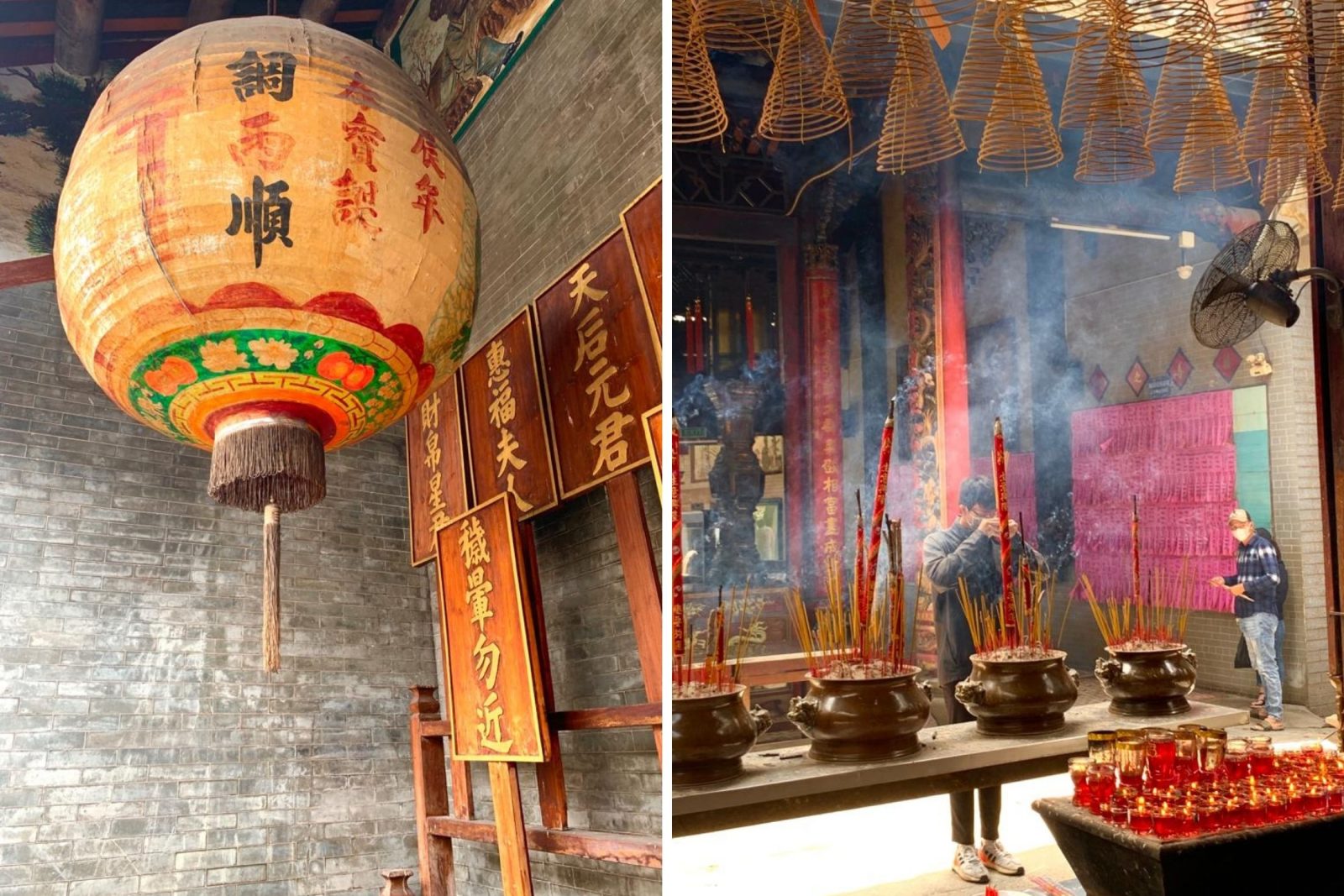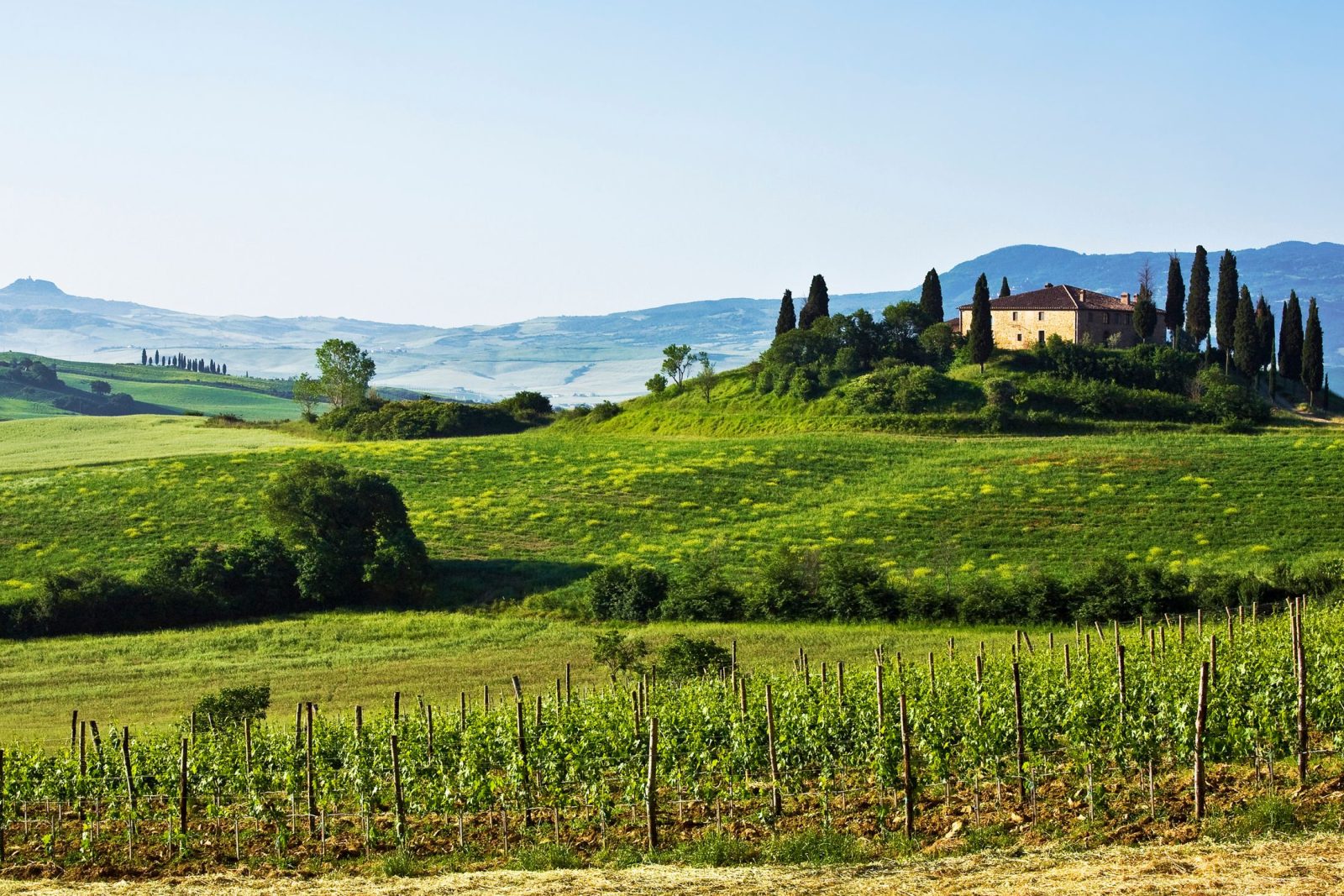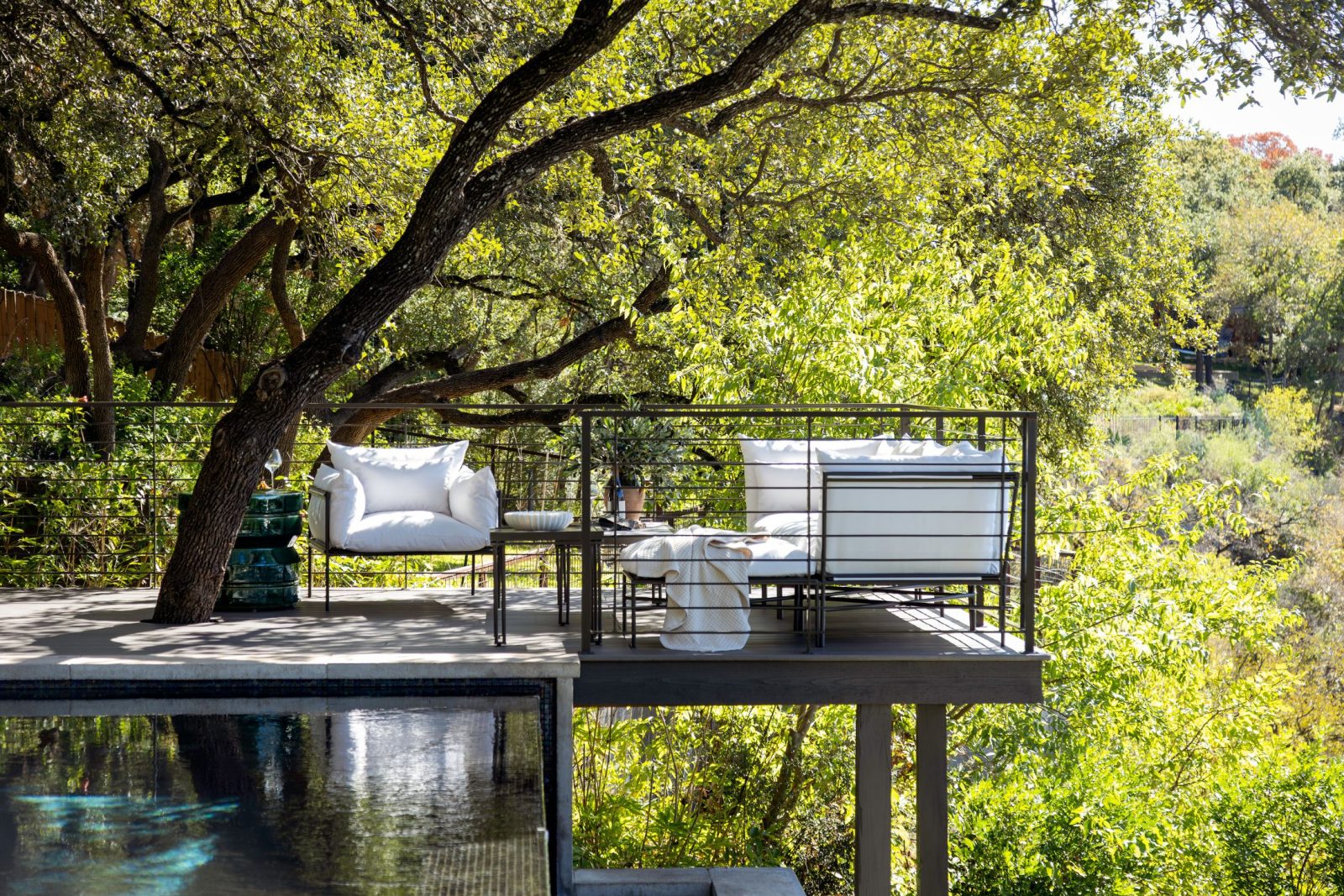A JOURNEY ACROSS CONTINENTS—WHERE PATINERO’S SPIRIT WAS BORN
The scent of aged timber and citrus groves lingers in the air. The afternoon light flickers against sun-washed stone, its warmth settling into the cracks of centuries-old walls. A quiet hum of conversation drifts from a shaded terrace, where tables, long and weathered, hold the weight of untold stories. The rhythm of life slows here. Time does not dictate the pace—it bends to it.
This is the soul of global farmhouse living—a philosophy shaped not by a single region but by a thousand landscapes, a thousand hands, a thousand histories. It is not confined to one country, one moment, or one aesthetic. It is gathered, collected, softened by use, and deeply tied to the land.
Patinero was born of these places. It was shaped by travels across continents, by an understanding of heritage and modernity, of craftsmanship and comfort. To understand Patinero is to embark on a journey—one that begins with the man who envisioned it.
GARY PETTITT: A LIFE SHAPED BY THE WORLD
Some designs are sketched on paper. Others are written into existence by experience, by immersion, by the stories collected through a life of travel. Patinero is the latter. It is the result of a journey—one that began in the heart of Africa, where Gary Pettitt was born.

Africa teaches you something about design. It is vast, untamed, endlessly evolving. It does not submit to trends; it moves with nature, with instinct, with time. It is about materiality, about elements that endure. These early landscapes, stretching endlessly beneath golden sunsets, instilled in Pettitt an understanding of organic textures, raw authenticity, and the balance between simplicity and grandeur.
His journey led him through Europe, where design is layered with history. There, he walked the cobblestone streets of villages where homes stood for centuries, where every courtyard bore the marks of generations past. In France, farmhouses were softened by time—plaster walls kissed by the elements, long wooden tables smoothed by hands that had gathered around them for decades. In Italy, he found terraces overflowing with olive branches, where seating was meant not just to exist but to invite.
Through Asia, Pettitt explored a different rhythm of design—one of patience, of intentional craftsmanship, of artistry that spoke to generations. It was in these places—markets filled with handwoven textiles, woodcarvers working with quiet precision, ceramics passed through families—that he saw the power of handcrafted design. There was no urgency to it—only respect for materials, for tradition, for the human hand.

Across the Americas, Pettitt found the modern expressions of these age-old traditions. In the vineyards of Napa, the effortless layering of reclaimed woods and industrial metals showed how contrast could feel both bold and natural. In Argentina, the vast estancias, draped in leather, woven wools, and raw stone, held a rugged elegance—a lived-in luxury that embraced imperfection.
Each of these places left an imprint. Each contributed to the design philosophy of Patinero—a collection that does not belong to one culture because it belongs to them all.
A SHARED SPIRIT: THE COMMON THREADS OF GLOBAL FARMHOUSE DESIGN
Though every farmhouse tells a different story, there is a spirit that unites them all. A philosophy of life, not just of design.

* A connection to the land—built from materials that belong to their surroundings, shaped by nature rather than forced upon it.
* A sense of gathering—spaces designed not for fleeting moments but for long, lingering ones. Tables that hold memories. Chairs that cradle conversations.
* A layering of time—nothing feels new, even when it is. Patina is not a flaw; it is a signature.
* An invitation to slow down—luxury that is not about excess but about experience. About the way a space makes you feel.
Patinero captures these elements. It is farmhouse design without borders—one that evolves with its surroundings, that carries history while embracing the present. It is modern, yet familiar. Structured, yet softened.
INDOOR, IN-BETWEEN, AND OUTDOOR—A DESIGN WITHOUT BOUNDARIES
A farmhouse is never just one thing. It is not rigidly defined by walls, nor is it bound by expectation. It exists between spaces—half in the sun, half in the shade. Half indoors, half out.
Patinero embodies this. It is not just an outdoor collection. It is a philosophy of living. It is meant to move effortlessly—from the terrace to the dining room, from the shaded veranda to the fireside.

* A dining chair that hosts a summer gathering under the stars finds itself pulled beside a farmhouse table in winter.
* A sofa, once resting beneath an olive tree, settles into a sunlit reading nook.
* A woven seat, caressed by warm winds, moves seamlessly between moments—never out of place.
This is the future of design. A world without hard edges. A world that flows.
NEXT IN THE SERIES: THE ART OF CONTRAST—HOW PATINERO BALANCES STRENGTH & SOFTNESS
“Design is not about choosing one thing or another. It is about contrast—where the crisp silhouette of a metal frame meets the billowing indulgence of down-filled cushions. In the next blog, we explore how Patinero achieves a harmony between modernity and timeless comfort.“
Follow the adventure! Click the box below to read our previous Journal Entry in our celebration of Patinero…
UNTIL NEXT TIME…
Design, like life, is a journey — best experienced with curiosity, intention, and an appreciation for the details that make each space, meal, and moment unforgettable
Join me in exploring the ever-evolving world of design, travel, and culture — subscribe today to receive my next journal entry.